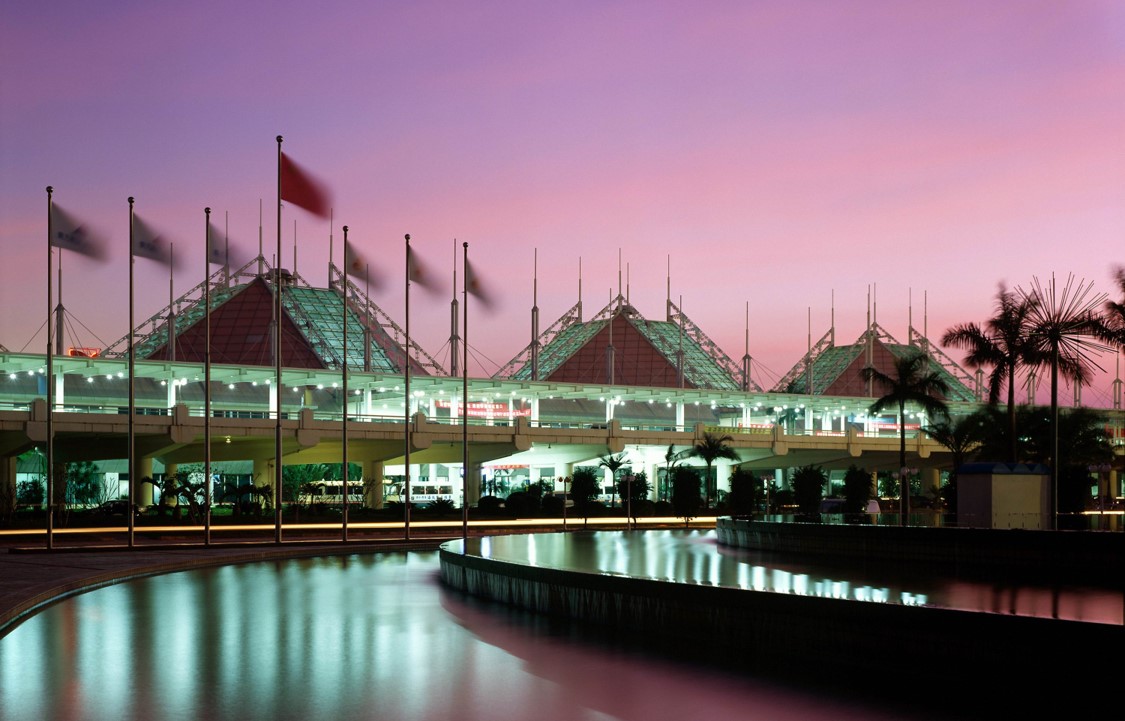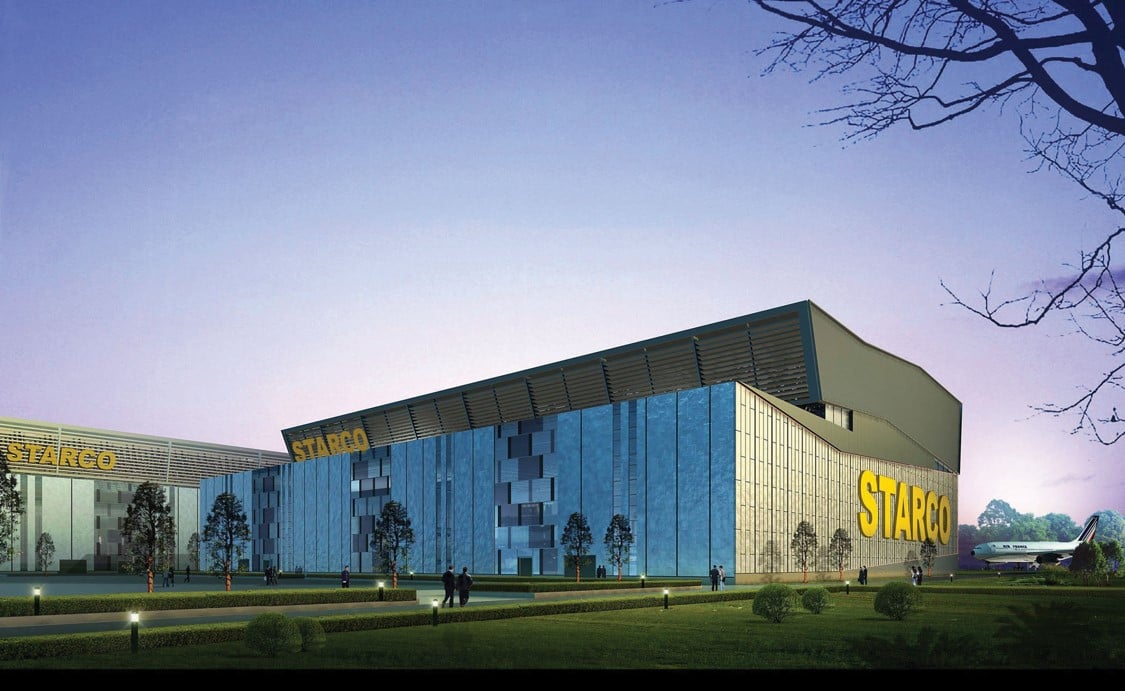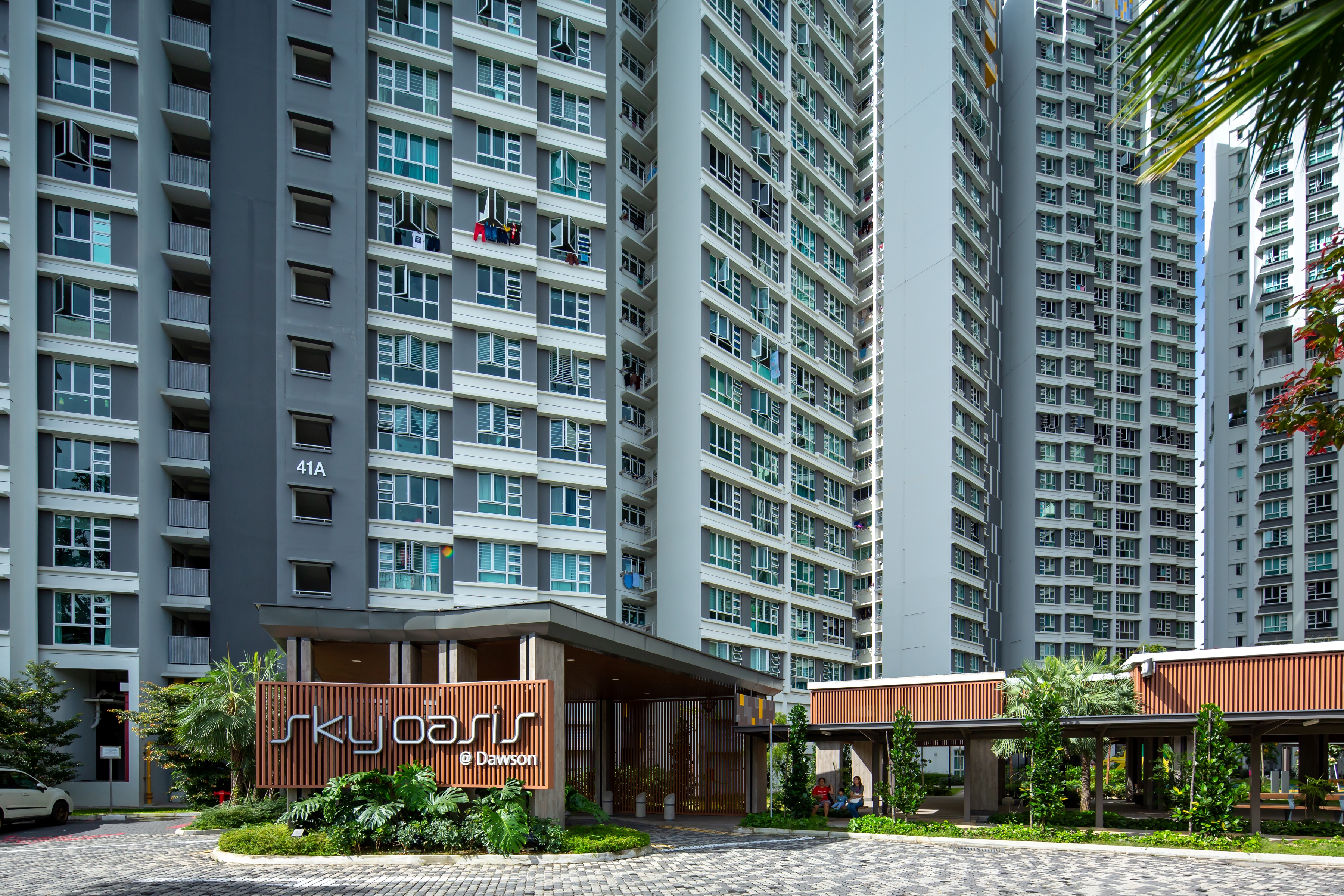Shenzhen Children’s Hospital Science & Education Building
B+H Architects, in collaboration with East China Architectural Design & Research Institute, were tasked to integrate the new building into the existing campus of Shenzhen Children’s Hospital Science & Education Building and its surrounding environment to elevate the overall functionality and positioning of the facility.
The integrated design scheme weaves a cohesive response from the site planning through to architecture, medical planning, and interiors, with a special emphasis on the integration of landscape design. The design looks to engage young patients through a series of thoughtfully designed functions and installations to alleviate patients’ anxiety and facilitate overall healing.
By embedding a sense of wonder into every corner of the new building, the design aims to encourage children’s natural curiosity and delight and cultivate their unique and joyful view of the world, while at the same time providing the means for adults to fondly recall their childhood, and to interact with the environment in a similarly social, playful and collaborative way.
Specifically, colourful artwork, graphics, and signage inspired by nature enrich the interiors, creating a visual distraction while helping the patients, parents, and staff navigate the hospital. The design also looks to integrate play into the overall treatment process. This is not only about providing play areas and playtime but ensuring that play is a common thread running through the entire stay in the hospital.
The design strategy seeks to provide a healing experience that is full of fun. The ground floor has been created to radiate outwards with its large-scale space drawing people inwards. It presents as an urban “living room” full of colour, positive energy, and delight. The coloured graphic applied is inspired by the nearby park and the joy that brings to the communities.
At the heart of the building lies the wondrous “Secret Garden” known only to the people inside the building. It provides a safe shelter for the children, their parents and medical staff during healing and respite. By increasing the planting, lighting area and permeability, the interior space also creates a closeness to nature.
The design also seeks to incorporate the natural environment and ensure easy accessibility to the outdoors, fresh air, and sunlight. Bringing the park to the hospital forms the basis of the landscape concept. By using the structure of a tree as the inspiration for the three landscape zones, the design further integrates the natural setting with the hospital environment. This approach reflects the unique and positive role that nature plays in our lives and its ability to promote healing and overall wellness.
A ‘collaboration zone’ is located at the junction of the inpatient and research zones of Shenzhen Children’s Hospital Science & Education Building, which houses formal and informal education and social spaces for staff to mingle, share and learn together. The key principle of this 3D space planning is to encourage collaboration between clinical staff, researchers, and students.
The new building extends the existing hospital to the west, expanding clinical services and adding new facilities. It is essential to ensure the campus is handled as a united whole system with robust connections between each building, which optimises hospital operations as well as creates a positive influence on the overall experience for all patients and visitors.
One of the key solutions in the project is to size down furniture and objects in the hospital when required for accessibility and scaling up when provoking awe and excitement when interacting with kids. By strategically and thoughtfully placing wonders and discoveries along the visiting journey, the overall design seeks to create a positive and unforgettable hospital experience for children of all ages, which is reminiscent of a fun day at the park.






